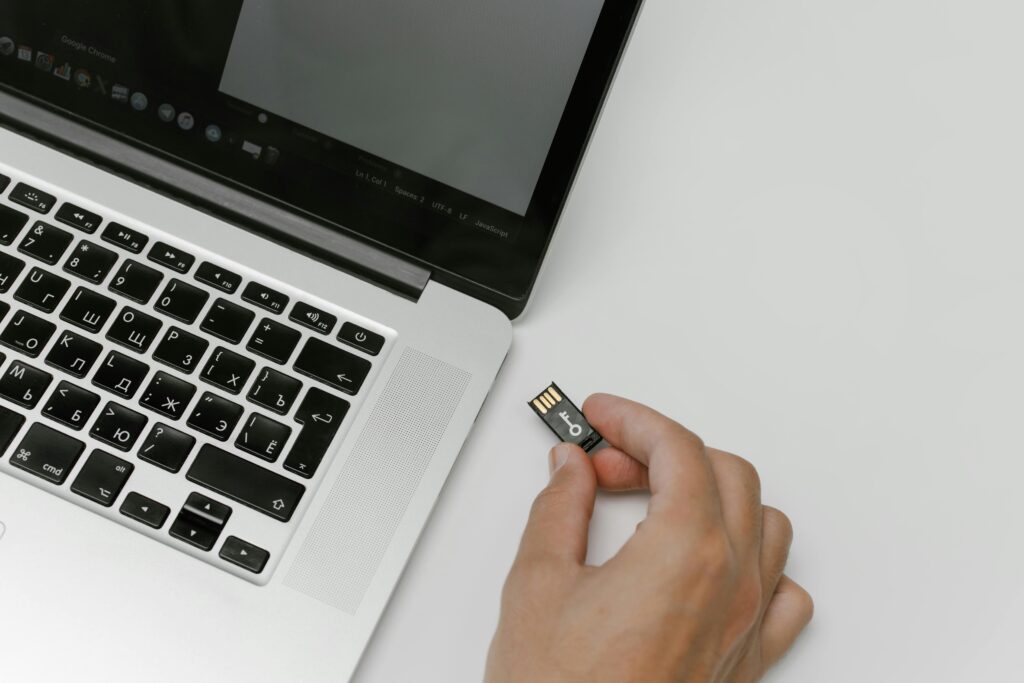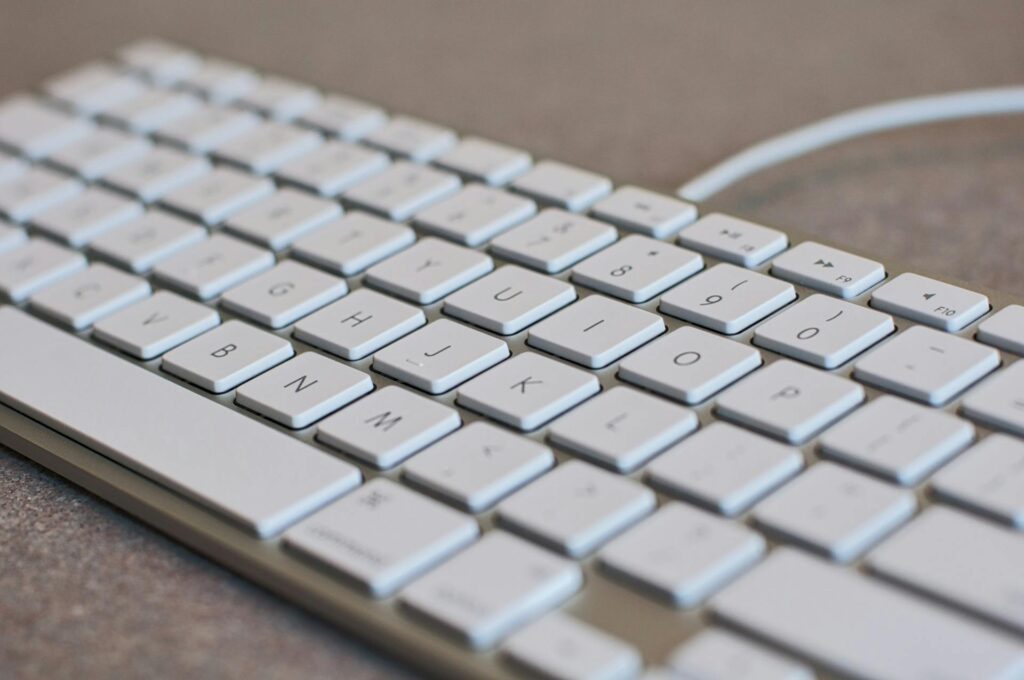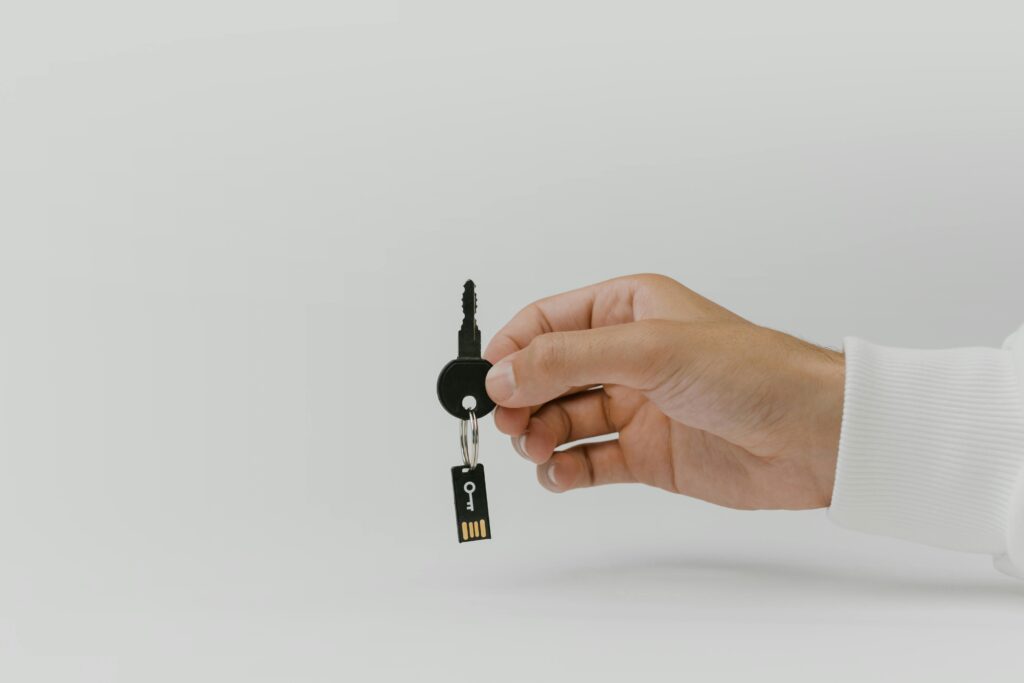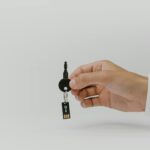In the fast-paced world of technology, we often find ourselves grappling with connectivity issues. If you’ve lost or damaged the USB receiver for your wireless mouse and keyboard, don’t fret.
This article will guide you through the process of obtaining a replacement USB, ensuring you stay seamlessly connected to your devices.
What Is A USB Receiver?

Before we dive into the replacement aspect, let’s understand the USB receiver’s role. This small device acts as a bridge between your wireless mouse and keyboard and the computer, facilitating the transmission of signals. It’s a vital component for a smooth and lag-free computing experience.
Imagine your wireless mouse and keyboard as talented performers and the USB receiver as the conductor directing their every move. Losing this conductor might disrupt the harmony of your digital orchestra.
Can You Replace a Lost USB Receiver for Your Wireless Mouse and Keyboard?
The good news is that, in many cases, it is possible to obtain a replacement USB for your wireless mouse and keyboard. Manufacturers often provide support for such scenarios, allowing users to order replacement dongles directly.
Things To Consider Before Getting A Replacement:

1. Compatibility:
Not all USB receivers are universal. Ensure that the replacement receiver is compatible with your specific mouse and keyboard model. Manufacturers often provide compatibility information on their websites.
2. Amount charged:
While the cost of a replacement USB receiver might be less than buying an entirely new set, it’s essential to weigh the price against the overall value of your peripherals. Sometimes, investing in a new set might be a more cost-effective solution.
3. Shop With Reliability:
When purchasing a replacement USB receiver, opt for reputable sellers or directly from the manufacturer. This reduces the risk of compatibility issues and ensures you receive a genuine product.
How Do You Find A Replacement For Your USB Receiver?
Different devices utilise various types, so identify the specific model and compatibility requirements. Knowing these details streamlines your search and ensures a perfect match.
1. Where To Begin:
Start your quest for a replacement by checking the official website of the device manufacturer. Manufacturers often provide detailed information about compatible USB receivers, making it a reliable first step in your search.
2. Exploring Online Retailers:
Extend your search to reputable online retailers. Platforms like Amazon, eBay, and electronics-specialized stores often carry a wide range of USB receivers.
Utilize filters to narrow down options based on compatibility, brand, and customer reviews for a well-informed decision.
3. Contacting Customer Support:
If the manufacturer’s website or online retailers don’t yield results, contact the device manufacturer’s customer support.
They can guide compatible replacements or direct you to authorised dealers, ensuring the authenticity of your new USB receiver.
4. Community Forums And Reviews:
Venture into online tech forums and reviews where users share experiences and solutions. Often, you’ll find valuable insights into compatible USB receivers and recommended brands.
Engaging with the community can lead you to hidden gems and save you from potential pitfalls.
5. Local Electronics Stores:
Explore brick-and-mortar electronics stores in your vicinity. They might have a selection of USB receivers, and the staff can offer hands-on assistance, ensuring the compatibility of the replacement with your device.
6. Check For Universal Receivers:
Consider universal USB receivers that are designed to work with multiple devices. These versatile options eliminate the need for specific brand compatibility, providing a convenient solution for various devices.
7. Testing The Replacement:
Once you acquire a potential replacement, test it thoroughly before finalizing your purchase. Ensure proper connectivity, functionality, and compatibility with your device to avoid any future disappointments.
Tips For Troubleshooting Without A Replacement:
- Reconnect The Device:
Try reconnecting your wireless mouse and keyboard to the computer. Sometimes, a simple reconnection process can re-establish communication with the existing dongle.
- USB Extenders:
If the dongle is physically damaged but still functioning, using a USB extender may be a temporary solution. This allows you to connect the dongle to your computer while keeping the damaged part away from the USB port.
- Contact Customer Support:
Reach out to the customer support of your device’s manufacturer even if they do not advertise replacement dongles. Some companies may offer solutions or suggestions to address your specific situation.
How Do You Not Lose Your USB Receiver?

Prevention is the best cure. Follow these tips to minimise the chances of losing your USB receiver:
1. Dedicated Storage:
Designate a specific place to store your USB receiver when not in use. This could be a small container, a drawer, or any other secure spot on your desk.
2. Use A USB Hub:
Consider using a USB hub to connect your wireless peripherals. This reduces the chances of misplacing the individual USB receiver, as they can stay plugged into the hub.
3. Travel Cases:
Invest in a travel case if you frequently carry your wireless mouse and keyboard. These cases often have compartments for accessories, providing a secure space for your USB receiver.
4. Labeling:
Label your USB receiver with the device name or model using a small, discreet tag. This can be especially helpful if you have multiple wireless peripherals.
Frequently Asked Questions
Can I purchase a replacement USB dongle directly from the manufacturer?
Yes, many manufacturers offer replacement USB dongles as accessories. Check their official website or contact customer support for assistance.
What if my device’s manufacturer does not provide replacement dongles?
If the original manufacturer does not offer replacement dongles or the cost is prohibitive, consider exploring third-party alternatives that are compatible with your device.
How can I identify the model of my wireless mouse and keyboard?
The model information is usually located on the product itself or in the user manual. Check for labels or markings to identify the exact model.
Are replacement dongles universal, or do they vary by brand and model?
Replacement dongles are not universal. They vary by brand and model. Always ensure compatibility by checking the manufacturer’s guidelines and specification
Conclusion
Losing or breaking your USB receiver can be a minor setback, but with the right approach, it’s a challenge easily overcome. Prioritise prevention, explore reliable sources for replacements and ensure compatibility to keep your wireless mouse and keyboard seamlessly connected.
Remember, a small USB receiver may be the conductor, but you orchestrate the harmony of your digital experience.





